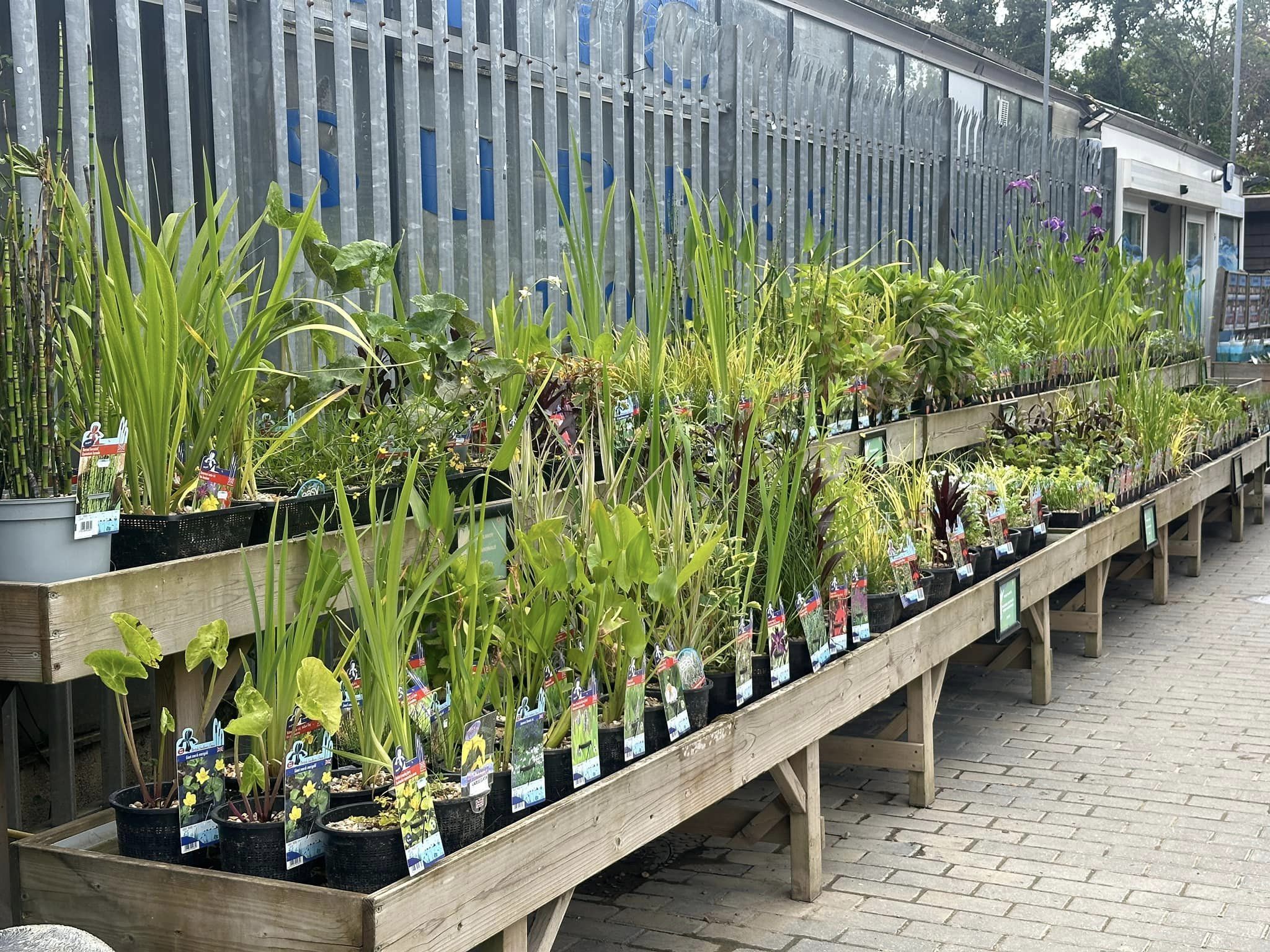A garden pond can be a stunning focal point, adding serenity and natural beauty to any outdoor space. However, beyond their aesthetic value, pond plants play a crucial role in maintaining the health and balance of pond ecosystems. Incorporating a variety of pond plants can lead to a thriving, low-maintenance aquatic environment that supports a diverse range of wildlife.
Types of Pond Plants
Pond plants are typically categorized into four main types, each serving unique functions in the pond ecosystem:
-
Submerged Plants: These plants grow entirely underwater and are essential for oxygenating the water. Common examples include Hornwort, Anacharis, and Cabomba.
-
Marginal Plants: Growing along the edges of the pond, these plants have their roots submerged in water while their foliage remains above. Popular marginal plants include Cattails, Irises, and Pickerelweed.
-
Floating Plants: As the name suggests, these plants float on the surface of the water, providing shade and shelter for aquatic life. Water Hyacinth, Duckweed, and Water Lettuce are common floating plants.
-
Emergent Plants: These plants are rooted in the pond bed but have stems and leaves that rise above the water's surface. Examples include Water Lilies and Lotus.
Benefits of Pond Plants
Natural Filtration
Pond plants act as natural filters, absorbing excess nutrients like nitrates and phosphates that can lead to algae blooms. By competing with algae for these nutrients, plants help maintain clear, clean water, reducing the need for chemical treatments. Submerged plants, in particular, are effective at filtering the water and preventing nutrient imbalances.
Oxygenation
Through the process of photosynthesis, submerged and emergent plants release oxygen into the water, essential for the survival of fish and other aquatic organisms. Adequate oxygen levels support a healthy pond environment, preventing issues such as fish kills and the growth of anaerobic bacteria, which can produce harmful toxins.
Algae Control
Algae can quickly become a nuisance in ponds, turning the water green and depleting oxygen levels. Pond plants help control algae by shading the water, reducing the amount of sunlight that reaches the algae. Floating plants are especially effective in this regard, creating a natural canopy that limits algae growth.
Habitat and Shelter
Pond plants provide essential habitat and shelter for a variety of wildlife. Fish use plants for spawning and protection from predators, while insects and amphibians find food and refuge among the vegetation. Birds and other animals are also attracted to the pond, enhancing the biodiversity of the area.
Erosion Control
Marginal and emergent plants play a vital role in preventing erosion around the pond edges. Their roots stabilize the soil, reducing the impact of wave action and runoff. This helps maintain the pond's structure and water quality over time.
Aesthetic Appeal
Pond plants add visual interest and beauty to any pond. With a variety of shapes, sizes, and colors, plants can transform a simple water feature into a vibrant, dynamic landscape. Water Lilies and Lotus, with their striking blooms, are particularly popular for adding a touch of elegance to ponds.
Temperature Regulation
Plants help regulate water temperature by providing shade and reducing the intensity of sunlight that reaches the pond. This is especially important in the summer months, as excessive heat can stress fish and promote the growth of unwanted algae. A well-planted pond maintains a more stable and comfortable environment for its inhabitants.
Establishing Pond Plants
Creating a balanced pond ecosystem with plants involves careful planning and selection:
-
Plant Selection: Choose a mix of submerged, marginal, floating, and emergent plants to achieve a balanced ecosystem. Consider the size of your pond and the specific growing conditions, such as sunlight and water depth.
-
Planting Zones: Create distinct planting zones within the pond to accommodate different types of plants. For example, shallow shelves around the pond edge are ideal for marginal plants, while deeper areas are suitable for submerged plants.
-
Maintenance: Regularly monitor and maintain your pond plants to ensure they remain healthy and do not become overgrown. This may involve thinning out excessive growth, removing dead or decaying plant matter, and managing invasive species.
-
Balance: Aim for a balance between plant types to maximize their benefits. Too many floating plants, for example, can block out light for submerged plants, while too few may not provide adequate algae control.
Conclusion
Pond plants are indispensable allies in creating and maintaining a healthy, vibrant pond ecosystem. From natural filtration and oxygenation to algae control and habitat provision, the benefits of pond plants are numerous and profound. By thoughtfully selecting and establishing a variety of pond plants, you can transform your pond into a thriving sanctuary that supports a diverse array of wildlife and enhances the natural beauty of your outdoor space. Embrace the green advantage and enjoy the myriad rewards of a well-planted pond.

